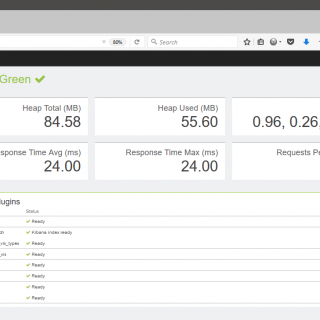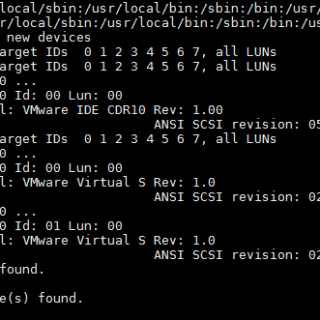How to repair a damage fstab located on an LVM
i made a change to the /etc/fstab that looked perfectly fine until I rebooted the system (CentOS 6) running as a virtual machine. The system did not start, there was a Kernel panic, and using the single boot mode did not provide any access to the system. I changed the “/” partition to a UUID number after changing the volume…
Read More »





